- Get link
- X
- Other Apps
A trace of moss around each stone is the only sign of vegetation and each day monks carefully rake the sand into perfect patterns. What are the elements of a Zen garden.
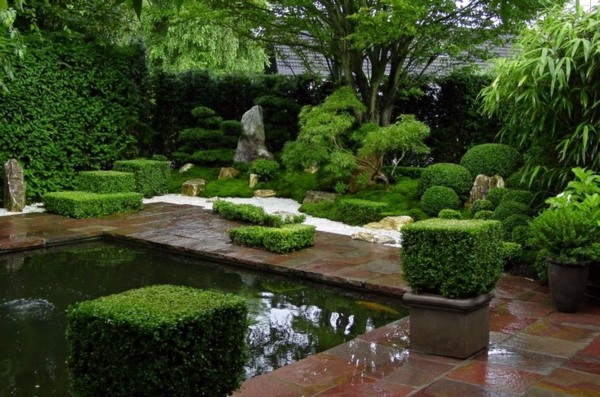 Creating A Zen Garden The Main Elements Of The Japanese Garden Interior Design Ideas Avso Org
Creating A Zen Garden The Main Elements Of The Japanese Garden Interior Design Ideas Avso Org
There are no plants or lush vegetation no objects created by humans.
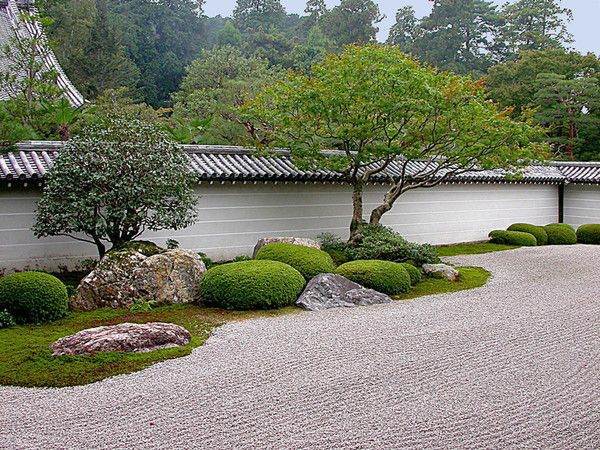
Elements of a zen garden & their meaning. Sometimes a small fountain designates the water element. The presence of living elements is minimal. This combined with the Zen veneration of nature to create the mature form of the Zen garden a quiet field of medium-sized gravel raked into a fresh pattern each day with large stones reminiscent of mountain.
Kikyaku the element of earth is a reclining stone that sets near the foreground. The rocks represent an eternal element of nature in a Zen garden. Japanese gardens utilize elements such as ponds streams islands and hills to create miniature reproductions of natural scenery.
Japanese ZEN Garden has been very popular in the practice of meditation. Water is for purification and cleansing. That is the framework of enduring elements such as buildings verandas and terraces paths tsukiyama artificial hills and stone compositions.
The following are some of the most commonly employed elements. Japanese bridges that you see in Japanese gardens reflect artistic feelings. Considered one of the worlds most beautiful gardens Ryoan-ji is the pinnacle of Zen garden design.
Water or pond is seen to be one of the vital elements of Japanese garden except Zen gardens. Seisui-Tei Garden of Pure Water is a traditional Zen garden where the essence of nature is created through suggestion and association incorporating many elements into the landscape. Stones water plants bridges and ornaments are essential elements of Zen gardens.
Zen gardens have eight main elements each with their own purpose. These elements are not meant to be symbols rather they are meant to evocative. They can be as simple as a collection of pretty rocks or driftwood that youve found along the way or that have significant meaning to you.
The garden is a 2670-square-foot rectangle filled with white sand and 15 stones arranged in five groups of three. The essential elements in one Japanese Zen Garden are gravel stones and in some cases moss. Shintai the element of water is either horizontal or flat and is often used as a base stone.
These can be as intricate as a koi fish pond with bridge a Japanese tea house or an arrangement of statues. Each element has symbolic meaning. The main element of a zen garden is sand or gravel in which wavy shapes such as water should be marked with.
A vital element to life mizu or the water element is found as ponds streams and waterfalls. Pine trees for example represent strength and patience as enlightenment can only be gained by one who possesses these qualities. It has very strong connection to Buddhism practice where one finds harmony and peac.
Any elements that instill a sense of reflection and peace are welcome elements in a zen garden. When peering at or walking beside a pond in a Zen garden the stillness and empty space are important for reflection in a literal sense. There are five categories of these rocks.
By Mariana Barrios Submitted On October 26 2010 The primary structure of a Japanese garden is determined by the architecture that contain it. Stones Gravel and Sand Since ancient times stones have played an important role in Japanese culture. Zen gardens often called Japanese gardens consist of sand stones plants and water and were originally found in Zen monasteries.
Such a garden is created to be felt not observed. Elements of Japanese Gardens. Most gardeners interested in the topic who live in lands far away from the far East are content to incorporate enough of its classic components in their construction to suggest a true Zen garden.
Before the Zen garden existed in its mature form the Japanese dry garden with stones ornaments and objects that were reminiscent of distant landscapes and towers already existed. Now these gardens have gained in popularity and can be recreated in your backyard. These elements are bridges islands flowers or plants sand stones trees water and waterfalls.
Since Zen garden design evolved over the course of centuries its pointless to try to ascertain a single authentic set of components for it. Whereas sand or gravel of a rock and zen gardens represents water clouds and purity.
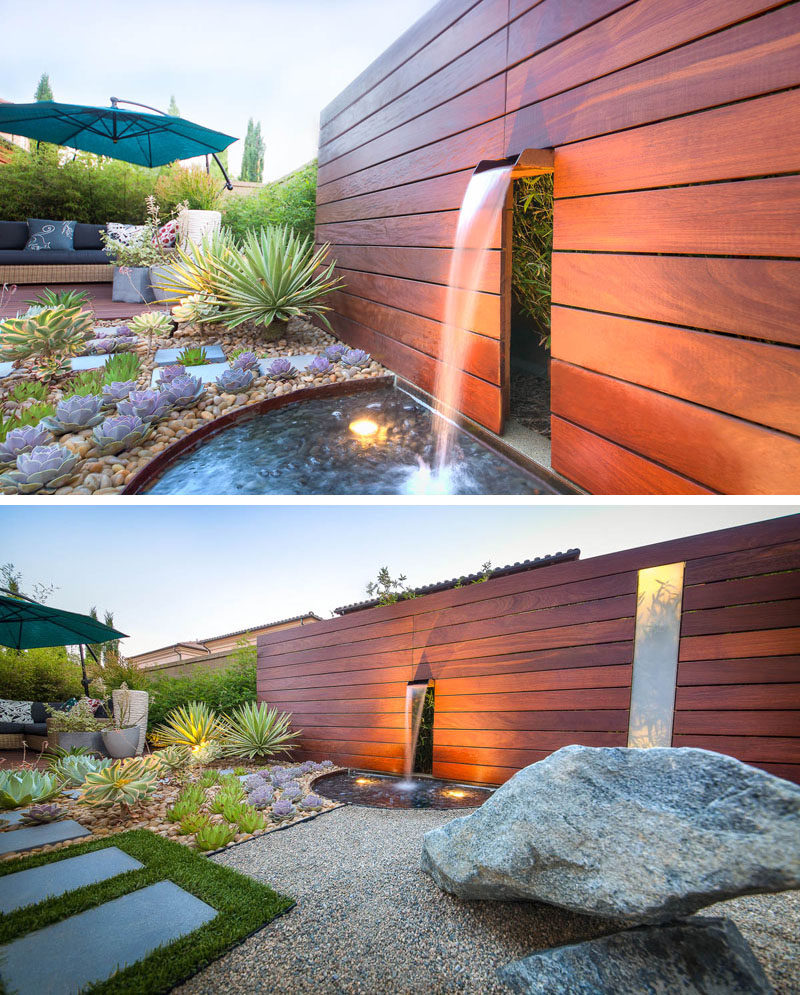 8 Elements To Include When Designing Your Zen Garden
8 Elements To Include When Designing Your Zen Garden
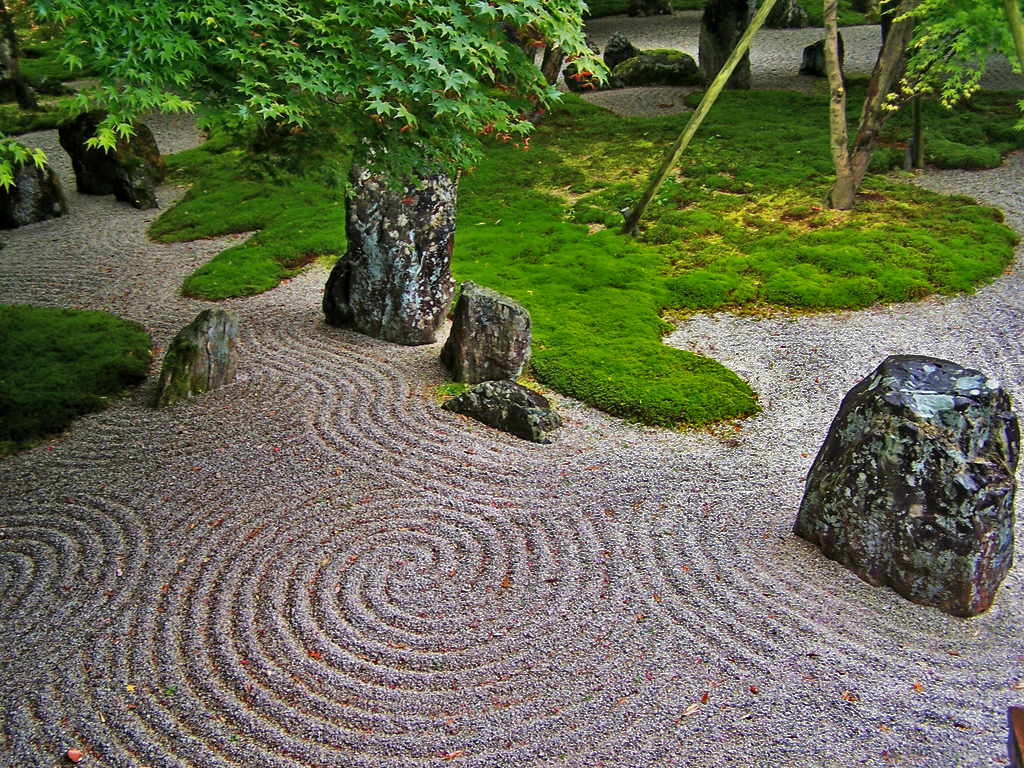 All About Zen Gardens The Art Of Zen Gardens In Zen Buddhism
All About Zen Gardens The Art Of Zen Gardens In Zen Buddhism
 Elements Of A Zen Garden Their Meaning Hunker Zen Garden Mini Zen Garden Desktop Zen Garden
Elements Of A Zen Garden Their Meaning Hunker Zen Garden Mini Zen Garden Desktop Zen Garden
 6 Elements For A Perfect Zen Garden Homeonline
6 Elements For A Perfect Zen Garden Homeonline
8 Elements To Include When Designing Your Zen Garden
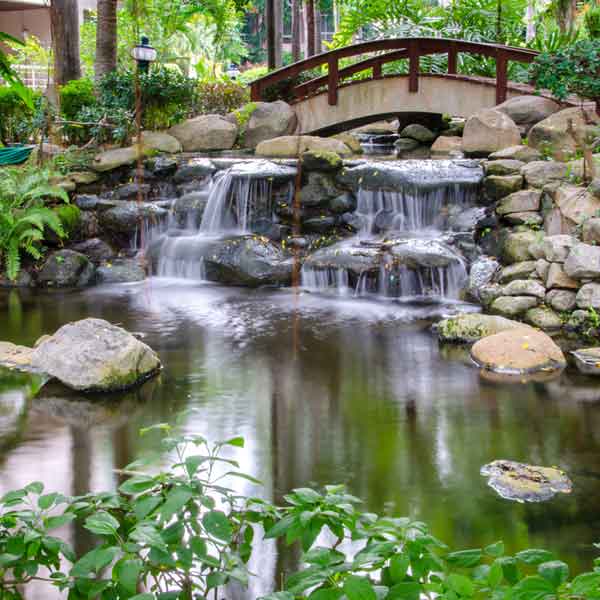 6 Elements For A Perfect Zen Garden Homeonline
6 Elements For A Perfect Zen Garden Homeonline
 6 Elements For A Perfect Zen Garden Homeonline
6 Elements For A Perfect Zen Garden Homeonline
 Zen Gardens Asian Garden Ideas 68 Images
Zen Gardens Asian Garden Ideas 68 Images
 6 Elements For A Perfect Zen Garden Homeonline
6 Elements For A Perfect Zen Garden Homeonline
 6 Elements For A Perfect Zen Garden Homeonline
6 Elements For A Perfect Zen Garden Homeonline
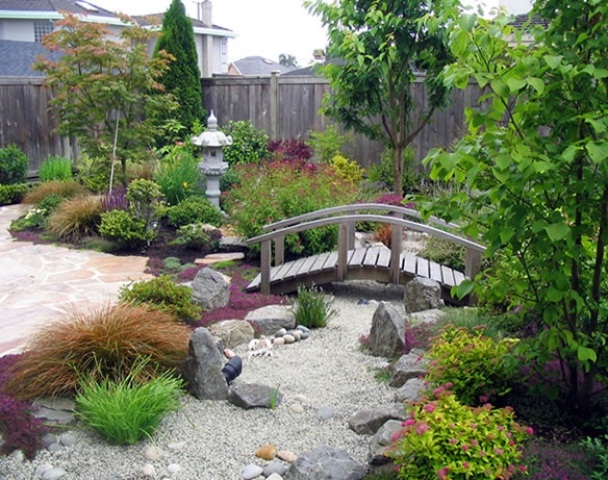 All About Zen Gardens The Art Of Zen Gardens In Zen Buddhism
All About Zen Gardens The Art Of Zen Gardens In Zen Buddhism
 Elements Of A Zen Garden Their Meaning Japanese Garden Country Garden Design Urban Garden
Elements Of A Zen Garden Their Meaning Japanese Garden Country Garden Design Urban Garden
 Creating A Zen Garden The Main Elements Of The Japanese Garden Interior Design Ideas Avso Org
Creating A Zen Garden The Main Elements Of The Japanese Garden Interior Design Ideas Avso Org
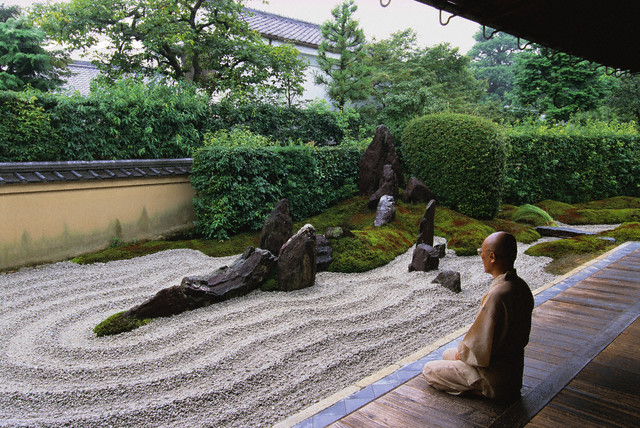 All About Zen Gardens The Art Of Zen Gardens In Zen Buddhism
All About Zen Gardens The Art Of Zen Gardens In Zen Buddhism
Comments
Post a Comment